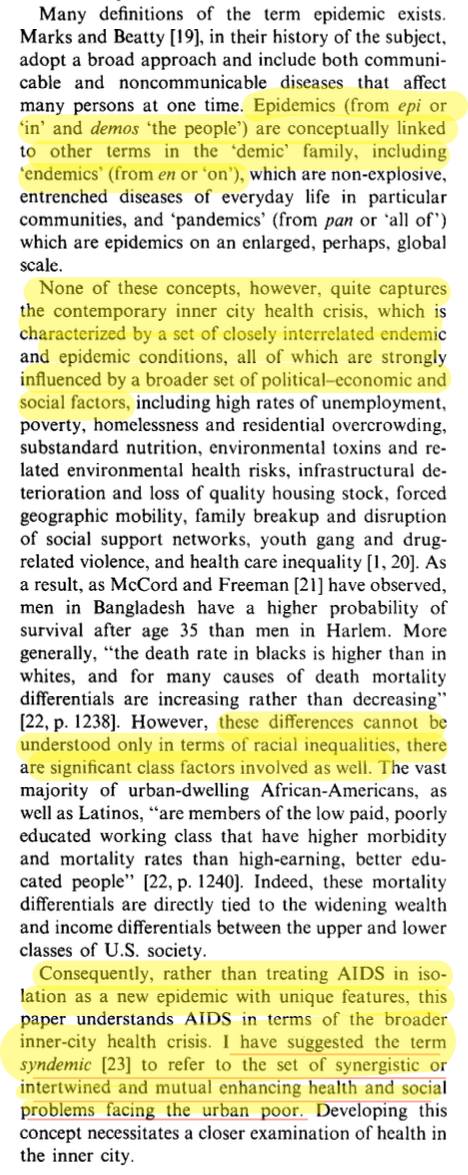This is the third in my series on the social costs of drug prohibition. You can read part one here (prison-industrial complex) and part two (police militarization) here.
In the 1914 decision US v Regan, the Supreme Court held that the “rule of evidence requiring proof beyond a reasonable doubt is generally applicable only in strictly criminal proceedings.” This decision is relevant because it has subsequently allowed for civil actions in rem (against a thing, such as property) to be taken against those who have not been criminally charged in persoram. (against a person). Specifically, Section 881 of Nixon’s Comprehensive Drug Abuse Prevention and Control Act of 1970 declared subject to forfeiture all controlled substances, as well as equipment used in the manufacture and distribution of such substances (Stahl, 1992). With §881, the practice of civil asset forfeiture, the extrajudicial seizing of property suspected of being used in (or being the benefit of) was born.
The addition of § 881(a)(6) in 1978 allowed for the seizure of both profits derived from the drug trade and anything purchased with those profits, while the 1984 addendum of § 881(a)(7) permits the forfeiture of any real property used to violate drug laws. Because the law enforcement agency responsible for the seizing of assets is allowed to keep the property – or any proceeds from the sale thereof – asset forfeiture has become an important source of revenue for these agencies. This has created a situation where a conflict between genuine enforcement of prohibition and revenue raising is all too often decided in favor of the latter (Boudreaux & Pritchard, 1996). This is made possible because of the differing standards between criminal and civil procedures; while criminal suspects must be found guilty beyond a reasonable doubt, victims of asset forfeiture only need be “reasonably suspected” of having committed a crime.
Of course, reasonable suspicion is a highly subjective standard of proof, and extant laws provide little objectivity. This is hardly surprising, as asset forfeiture sits at the nexus between criminal and civil law. Depending on the case in question, the Court has declared in rem forfeitures as criminal in some instances, and as civil in others. In truth, the hazy distinction serves a purpose, as it allows law enforcement to civilly punish individuals for suspected criminal activity without the heightened burden of proof required for criminal prosecution. It then becomes the duty of the individual who has had his property seized to prove his innocence after the fact, an often-costly procedure that is a clear violation of due process protections. Unfortunately for these individuals, judicial precedent has trended towards viewing this protection as a matter for criminal prosecution, not civil.
Police department budgets are subject to the same laws of scarcity as everything else, and every enforcement priority comes with opportunity costs. Money and manpower dedicated to, for instance, investigating auto thefts, cannot be used to investigate homicides. Indeed, research has shown that shifting resources towards drug enforcement has lowered the opportunity costs of property crime, leading to an increase thereof (Benson, Rasmussen, & Sollars, 1995).Asset forfeiture allows the drug enforcement apparatus of police departments to supplement their revenue at little cost to the taxpayer outside of the costs of seizure. Moreover, individuals who have their assets seized are often permanently bereft of their property even if they are never found guilty of any crime.
Incentives to maintain this system in place go far beyond local departments; while they keep the lion’s share of proceeds – especially cash seizures – the funds are often spread around. Williams (2002)observes that some departments share a small portion of proceeds with local schools, health departments, and favored nonprofits, while Blumenson and Nilsen (1998) note that courts also receive a share of these funds, providing little incentive for judicial independence in protecting the property rights of forfeiture victims. All of this contributes to a paradigm wherein seizures are used in place of criminal convictions in violation of the Fourth Amendment’s exclusionary rule regarding evidence, and the focus of law enforcement in the area of drugs has shifted from fighting crime to chasing assets (Jensen & Gerber, 1996). Not only has this shift in focus not decreased crime, as we shall explore next, there is also evidence that it has helped increase crime.
Tarnell Brown is an Atlanta based economist and public policy analyst.























